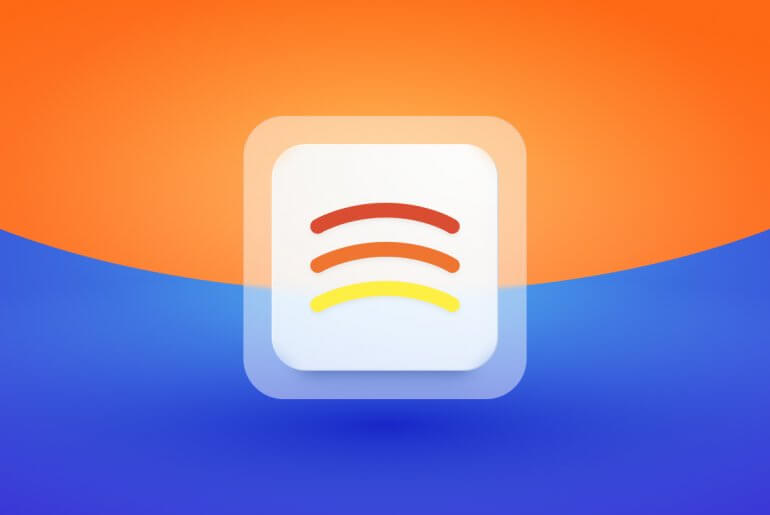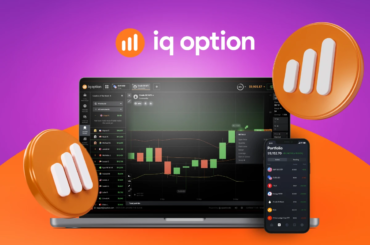Bollinger Bands indicator is one of the most effective and powerful technical analysis tools that is easy to apply and read. It has multiple functions so traders can adjust it according to their goals. In this article, we will look into the Bollinger Bands reversal strategy – a combination of several technical analysis tools with chart patterns to receive Buy and Sell signals in any market.
If you are already familiar with the Bollinger Bands, feel free to skip the next part and go directly to the strategy overview. However, if you haven’t used this technical tool, you may benefit from learning more about the indicator and its settings before moving on to the Bollinger Bands reversal strategy.
How to Trade Bollinger Bands?
Bollinger bands is a trend indicator that helps track price changes during a chosen period and identify the best moment to make an entry. By monitoring the Bollinger bands indicator lines, traders can understand if the current price is higher or lower than average recent figures, pointing to upcoming trend shifts and opportunities to open a BUY or a SELL position.
The Bolllinger Bands indicator consists of 3 lines.
1. The Upper Band: the 20-period moving average + 2 standard deviation.
2. The Middle Band: the 20-period moving average.
3. The Lower Band: the 20-period moving average – 2 standard deviation.
Generally, when the lower band gets closer to the price chart or crosses it, traders may expect the price to go up. Conversely, if the upper band touches the price chart, it may signal a price decrease.

One of the main ways of trading with Bollinger Bands is looking for a squeeze. This method involves monitoring how close the bands come together.
When the upper and the lower bands move closer to the middle band, it’s called a squeeze. This can be a sign of lower volatility in the market. At this point, traders might expect the current trend to continue.
On the other hand, when the top and the bottom bands move away from the middle band, it points to increasing volatility and potential change in the trend direction.
Keep in mind that Bollinger Bands indicator is rarely used on its own: it works best in combination with other tools to confirm signals and create the most effective Bollinger Bands strategies that work for you. For instance, this strategy with Bollinger Bands, Keltner Channels and the Momentum Oscillator may be useful for spotting bearish and bullish signals in forex trading: Bollinger Squeeze to Catch Big Market Moves.
Trading Bollinger Bands Reversal Strategy
To achieve the best results with this strategy, you would need to combine several technical analysis tools.
1. First, adjust the Bollinger Band indicator to the following settings.

2. Apply the standard settings of 14 period to the ATR (Average True Range) indicator. This technical tool will help measure volatility to spot the best time to enter or exit a deal.

3. Enable the Volume feature in the ‘Widgets’ section of the IQ Option traderoom.

Normally, low trading volume points to decreased market activity for this asset. A rise in the trending volume usually signals an increase in the interest in the asset.
4. Look for trend reversal chart patterns to confirm the indicators’ signals and enter the market at the best price.
There are different types of chart pattern that traders use to assess the strength of the trend and its direction. They include trend continuation patterns, such as triangles and flags, and trend reversal patterns, like head and shoulders, double top and others. If you haven’t yet used chart patterns for trading, you may want to learn more about these tools in this article: Most Popular Trading Patterns for Trading With Precision.
Bollinger Bands Reversal Strategy: Example of a Buy Signal
When all the above-mentioned tools meet the following criteria, a Buy signal may be received.
- The price chart is below the lower Bollinger band;
- Volume suggests decreased activity in the market;
- The ATR indicator indicates low volatility;
- You observe some bullish chart patterns, such as Three White Soldiers or a bullish Harami.
For instance, take a look at this forex price chart. The outlined area fits all the criteria for confirming a bullish signal (Buy).
- The price chart has crossed the lower Bollinger band and moved below it;
- Volume suggests decreased activity in the market;
- The ATR indicator shows low volatility;
- A bullish Harami chart pattern is observed.

Bollinger Bands Reversal Strategy: Example of a Sell Signal
Here are the criteria for identifying a Sell signal with this Bollinger Bands Reversal strategy.
- The price chart is above the upper Bollinger band;
- Volume suggests higher market activity;
- The ATR indicator points to high volatility;
- Bearish chart patterns, such as Three Inside Down or a Bearish Harami are observed.
For example, this forex price chart indicates an upcoming reversal to a downtrend according to the technical analysis tools used in this strategy.
- The price chart is above the upper Bollinger band;
- Volume suggests higher market activity;
- The ATR indicator indicates growing volatility;
- A bearish chart pattern called Three Inside Down is observed.

Spotting the combination of these factors might lead a trader to open a Sell position to get the most from the bearish trend.
Have you already used this Bollinger Bands Reversal strategy? Let us know what you think!




